
Walking Around the Myoshin-ji Temple Complex
Larry KnipfingMyoshin-ji Temple complex is one of my favorite places in Kyoto; I don't know what delights I'm going to find each time I visit

Adashino Nenbutsu-ji is a Buddhist temple in Ukyo-ku, Kyoto, Japan. In 811 Kūkai is said to have founded a temple, then Honen altered it to the present Nenbutsuji. [Wikipedia]

Myoshin-ji Temple complex is one of my favorite places in Kyoto; I don't know what delights I'm going to find each time I visit
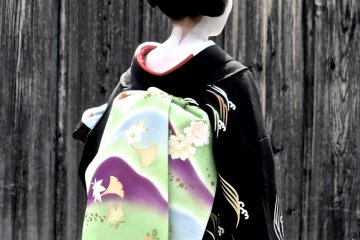
Myoshin-ji Temple is a unique complex of 46 small temples, all gathered together in one location under the umbrella of the Rinzai School of Zen Buddhism.
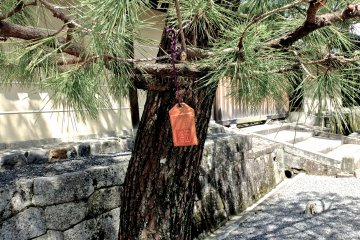
In early May, I revisited some of the places I had visited previously at Myoshin-ji - and they all seemed different! What a nice surprise!
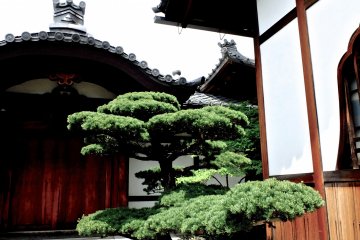
At Kin-gyu-in, the outer gate was open. Nobody was there; the inner gate was closed. I turned back to leave when something caught my eye...
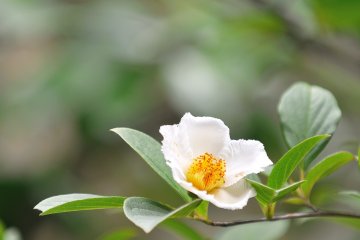
At the Temple of Sala Trees, I listened to a monk's sermons on a verse from 'The Tale of Heike', exemplifying fleeting beauty in the heart of Kyoto. This temple is usually closed to the public except for special festivals.
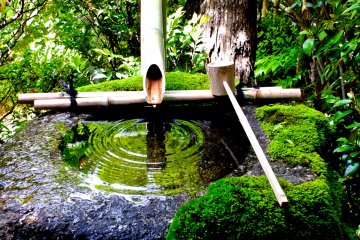
Daiho-in Temple Garden in May: The sound of water dripping out of bamboo into a small moss covered fountain blended with a bird's sweet voice.

Taizō-in is the oldest sub-temple of the Myōshin-ji Rinzai Zen Buddhist temple, situated in the northwest of Kyoto, Japan. It was founded by Zen priest Muinsoin in 1404. The original temple buildin...

Keishunin (桂春院) is one of the sub-temples of Myoshin-ji containing gardens and a teahouse.

Close to Nijo Castle in Japan's most historic city, this stylish, modern hotel is comfortable, well located and supremely affordable.
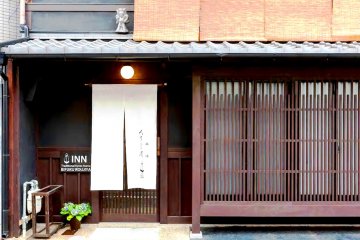
More like a chic home stay from an interior decoration magazine, this guesthouse is both elegant and comfortable.
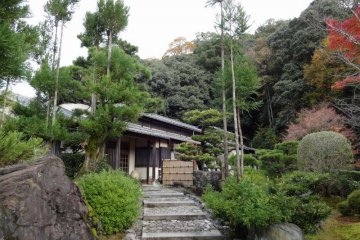
A hidden gem, Ryokan Yamazaki is worth the 30 minute bus ride from central Kyoto. Tranquil surroundings, hearty food and family treatment will start & end your day right.
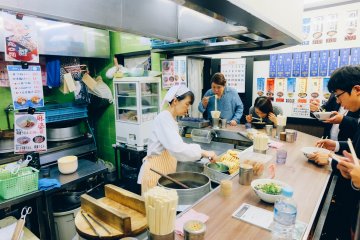
Miyako Soba is a small restaurant located in Saiinkozanjicho, just across by McDonald's near Saiin Station. It is well priced and located near Kawaramachi where people come and go day and night.

With the growing popularity of veganism, particularly in Japan, vegans can now enjoy ramen at both entirely vegan and vegan-friendly joints throughout the country. Here are three spots to check out in Kyoto.

ran Hotei is a Chaya or tea ceremony room in Central Kyoto The name ran Hotei is kind of play on words. Hotei is of course one the 'Shichifukujin' (Seven Lucky Gods) and 'ran' is not only a diminutive form of his name it also means shop in Thai. (Channell has spent a great deal of time in Thailand.) So if translated would mean Hotei's Shop! It is easy to miss amongst other shops in the Sanjokai Arcade, the longest of Kyoto’s traditional shopping streets. Once you found it though, and you step in, you enter a world of quiet nostalgia ideal for relaxing, reading a book or contemplating life.
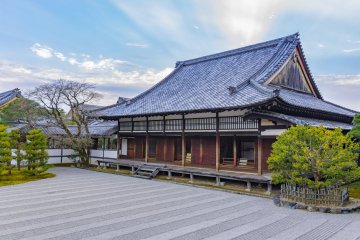
Ninna-ji Temple was founded in 888 and is a Buddhist temple in northeast Kyoto that is closely associated with the imperial family of Japan. It is the main temple of the Omuro school of the Shingon sect of Japanese Buddhism. There are many Omuro School temples throughout Japan and many priests from these temples come to Ninna-ji to attend Buddhist services and to study and train in the main temple of their sect. Ninna-ji Temple is known not only for the building itself, but also for its prime location as a viewpoint for the late cherry blossom. He also has a beautiful Japanese garden from which you can see the famous five-story pagoda. Behind Ninna-ji Temple is the Omuro Pilgrimage, a shorter version of the Shikoku pilgrimage. This route can be covered in about two hours on foot, but is believed to have the same meaning as the Shikoku pilgrimage.
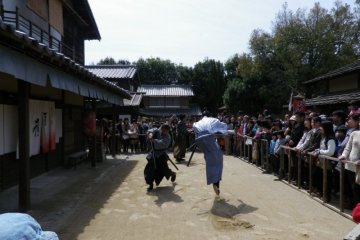
Toei Kyoto Studio Park is a theme park and film set modeled after the Edo period located in Kyoto, Japan that opened its doors in 1975. It is situated in Toei Company's Kyoto Studio where movies have been produced. [Wikipedia]

Ryoanji Temple is home to Japan’s most famous Zen stone garden and one of Kyoto’s most iconic scenes. Believed to be built back in the Muromachi period (14th - 16th century), the origin and designer of the garden is still unknown to this day. The stones in the garden are intentionally placed so that one cannot view all 15 stones from any one angle. The meticulous design of this karesansui (Japanese rock garden) leads many to credit the celebrated artist, Soami, as the garden’s creator—albeit unproven. The 248-square meter garden bears little trace of greenery, and is instead immaculately lined with raked white gravel. The seemingly random placement of the stones adds to the mystique of Ryoan-ji, its abstract layout leaving visitors questioning the meaning and purpose of the garden. While the garden remains a mystery, the history of Ryoanji Temple is well documented. The temple buildings were originally a Heian Period villa, and were converted into a Zen temple in 1450. Now, Ryoanji is part of the Myoshin-ji school in the Rinzai sect of Zen Buddhism. In 1994, Ryoanji’s immaculate zen stone garden was recognised as a UNESCO World Heritage Site, and is also designated as a Historic Monument of Ancient Kyoto.